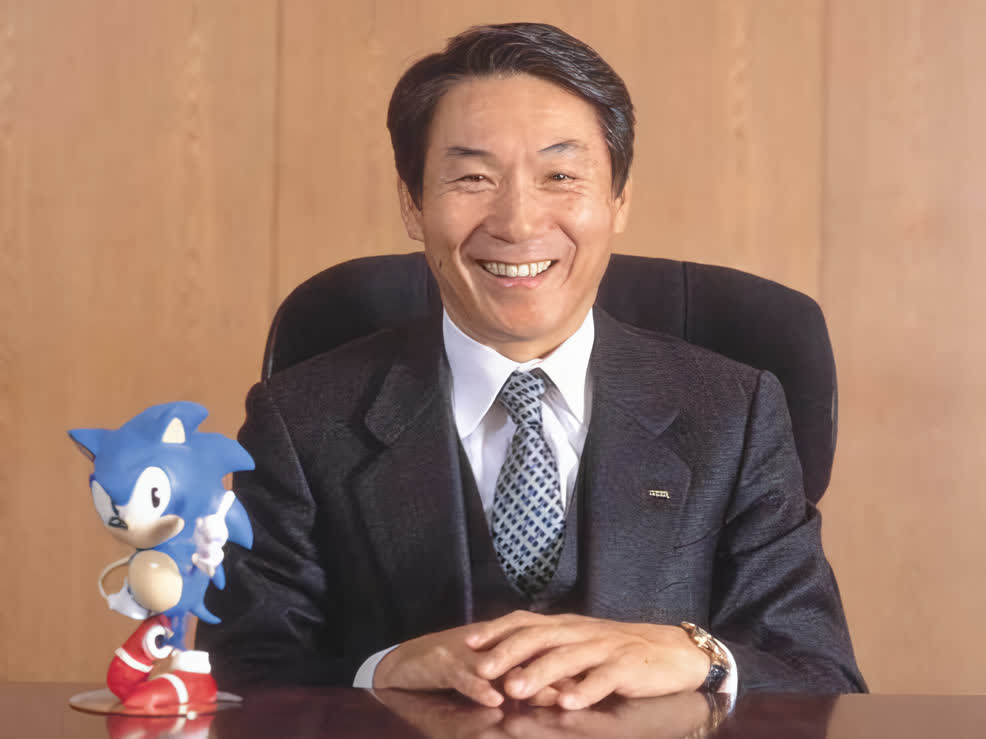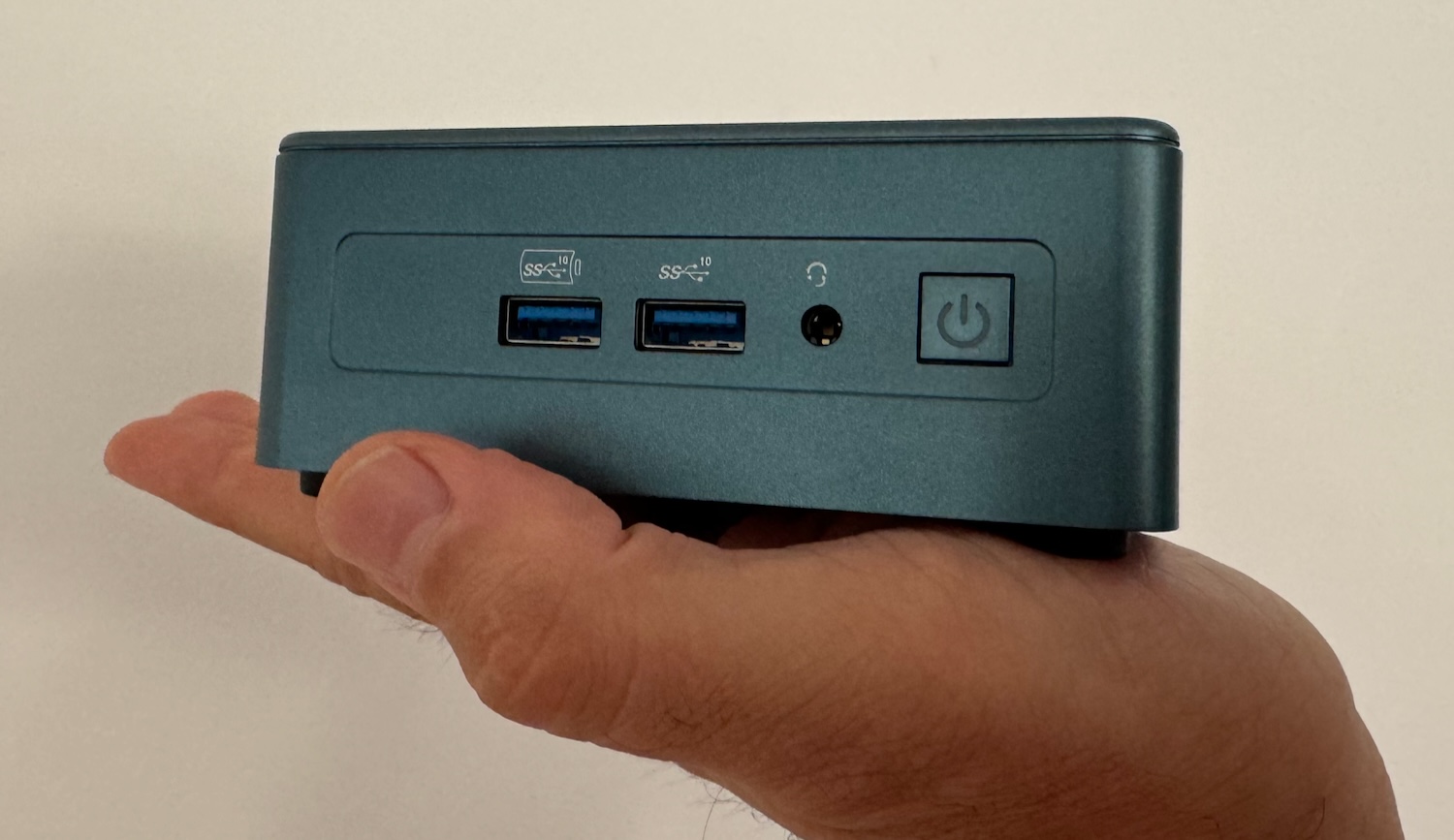In a nutshell: Shenmue, Crazy Taxi, Virtua Tennis, the Sega Dreamcast had some incredible games at the time, but did you know that the console almost put Nvidia out of business in 1996, and it was only a senior executive at Sega who saved Jensen Huang’s then three-year-old company?
Nvidia’s first graphics accelerator product, the NV1, hadn’t found much success following its release in 1995. But that didn’t stop Sega from asking Nvidia to develop the GPU for the Dreamcast ahead of the console’s 1998 launch.
Nvidia, however, was still using quadratic texture mapping for its graphics, while others used triangle polygon rendering. After working on the NV2 for more than a year, Huang realized that it wouldn’t meet Sega’s demands for the Dreamcast. His company had no option other than to give up work on the chip if it wanted to survive. The CEO recently admitted that fulfilling its contract with Sega would have left it too far behind the competition, but stopping the use of the NV2 chip would cause it to run out of cash.
“Either way,” Huang said, “we would be out of business.”
Related reading: The History of the Modern Graphics Processor
As reported by Wall Street Insights, Nvidia was saved by one man, the then-CEO of Sega America, Shoichiro Irimajiri. Huang and Irimajiri already had a good relationship, so when the Nvidia boss said he needed to be paid for work on the Dreamcast GPU, despite not providing one, Irimajiri handed him a lifeline in the form of a $5 million investment in Nvidia.

“It was all the money that we had,” Huang said. “His understanding and generosity gave us six months to live.”
Irimajiri briefly became president of the entire Sega organization in 1998 before resigning after the company reported its third consecutive loss. Following his departure, Sega sold the Nvidia stock it had bought for $15 million, making a $10 million profit.
It’s interesting to theorize what might have happened if Nvidia had managed to create the Dreamcast’s GPU, or if Irimajiri had decided not to invest any money in Huang’s then-fledgling firm. Sega probably also wishes it had held onto its Nvidia holdings, which would be worth billions of dollars today.
Masthead credit: The Ringer









